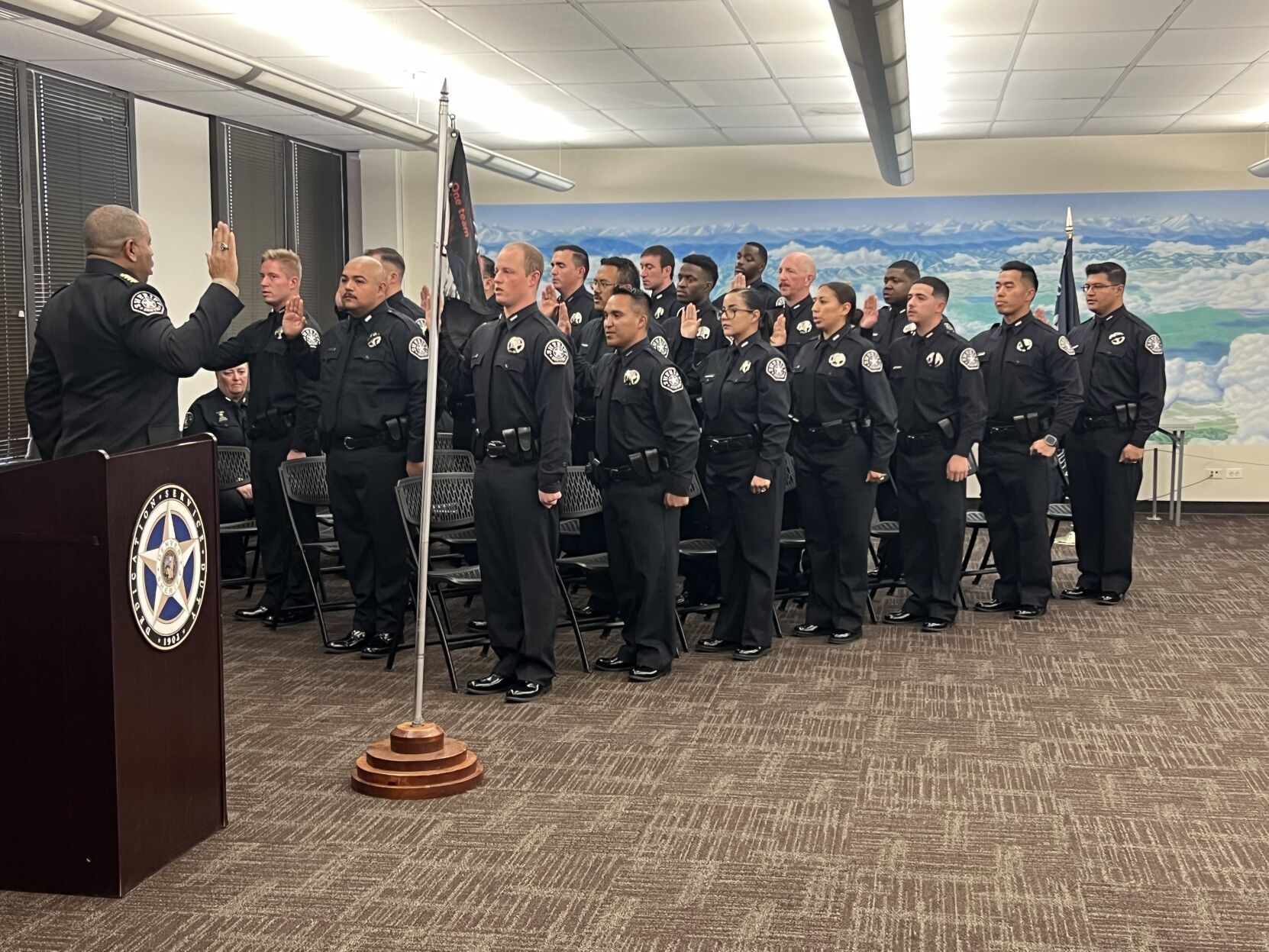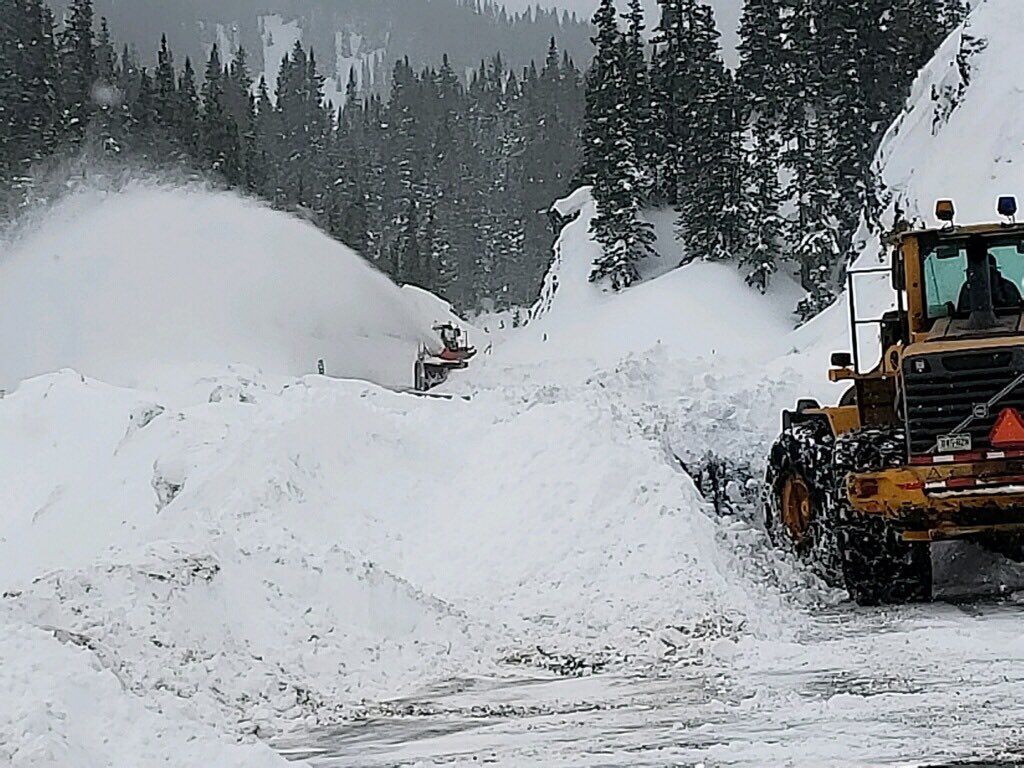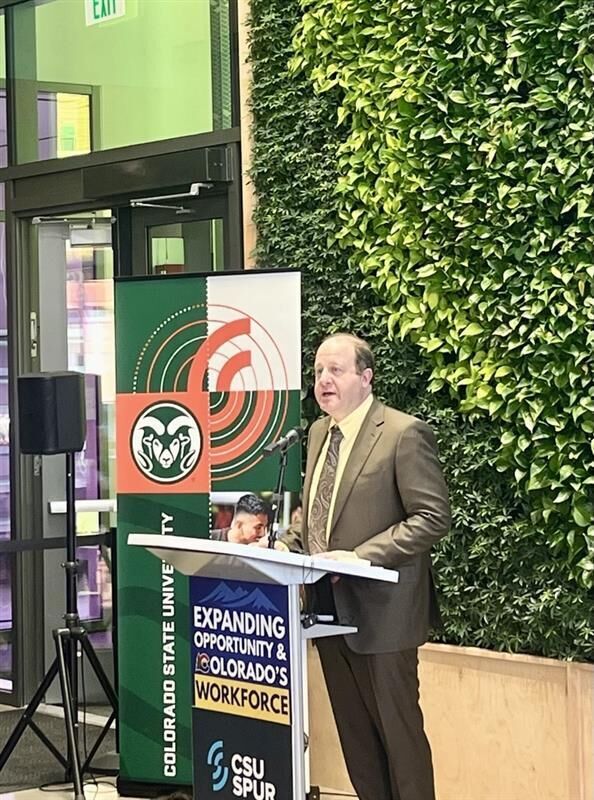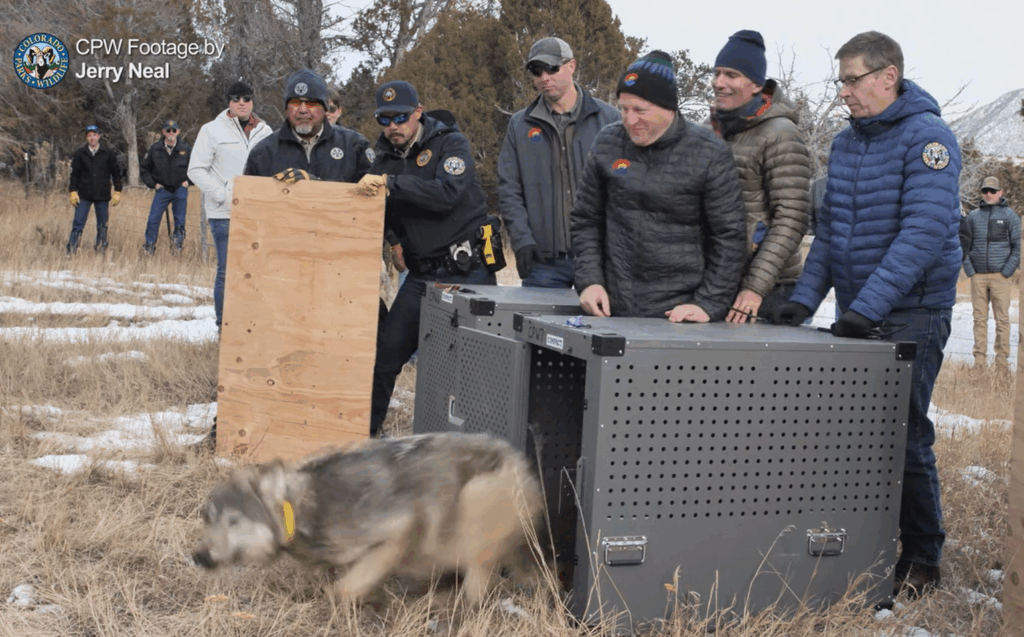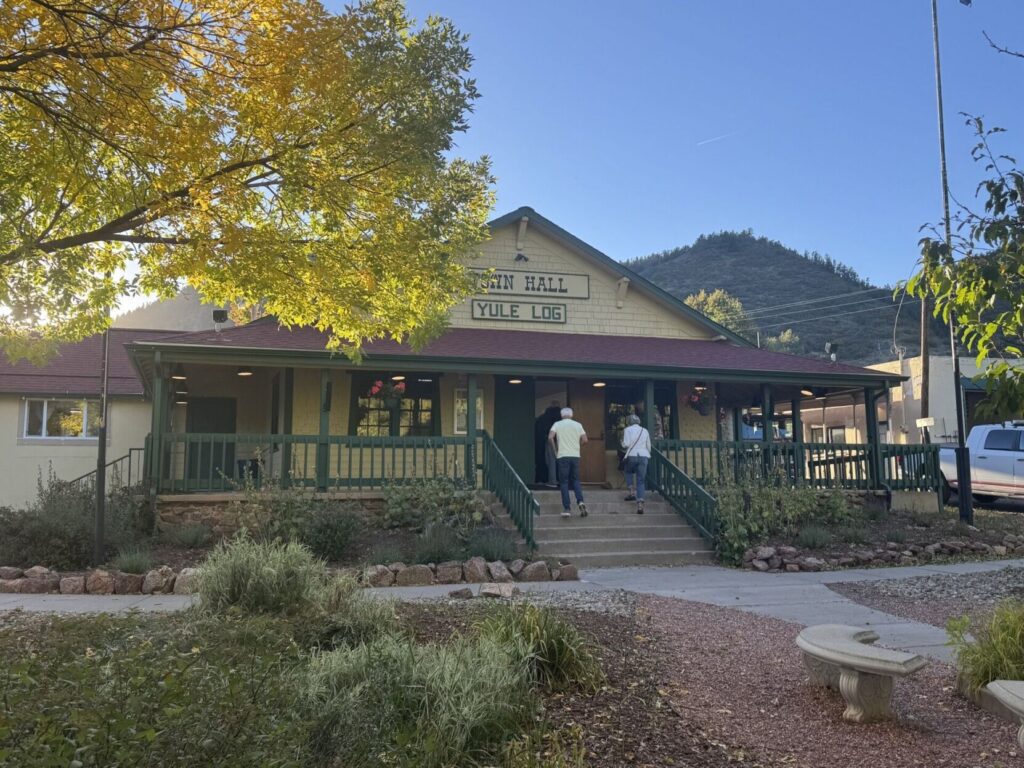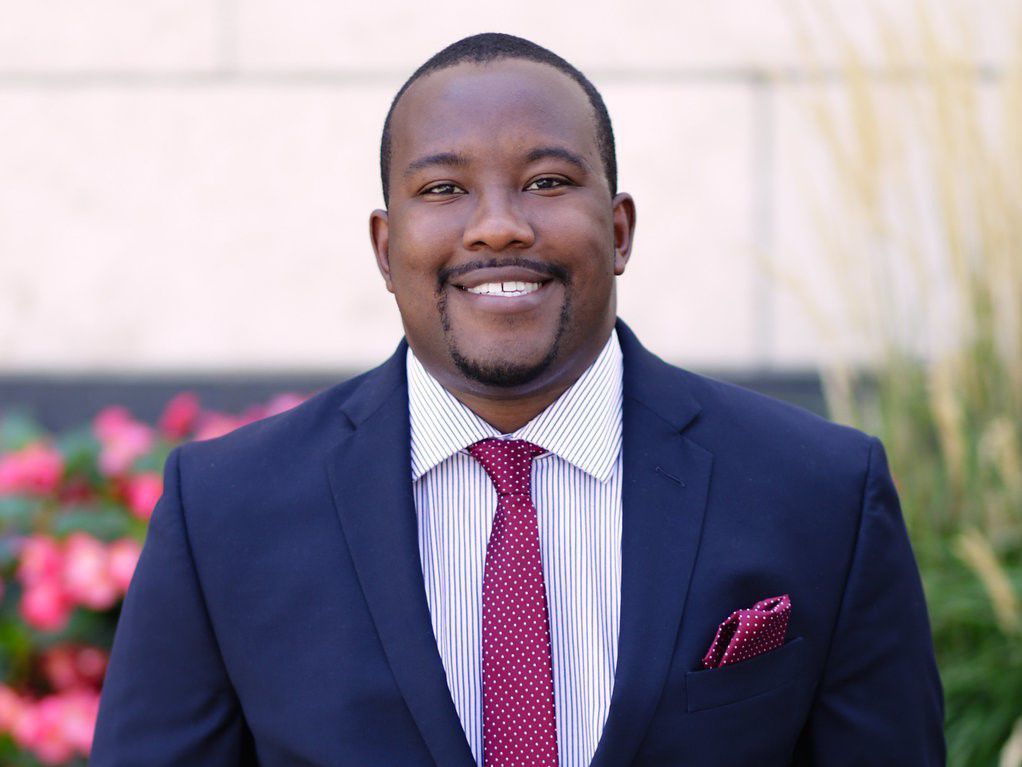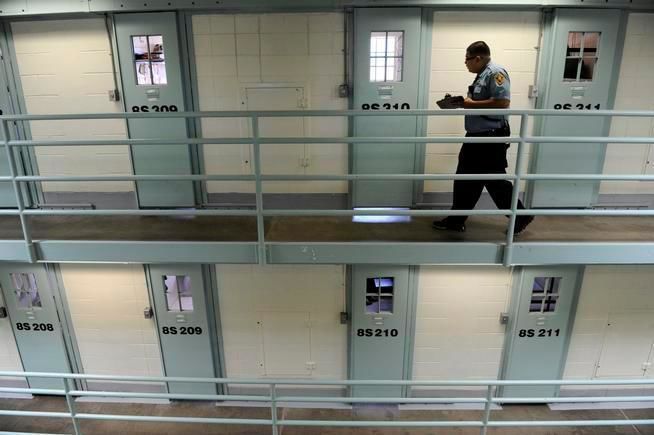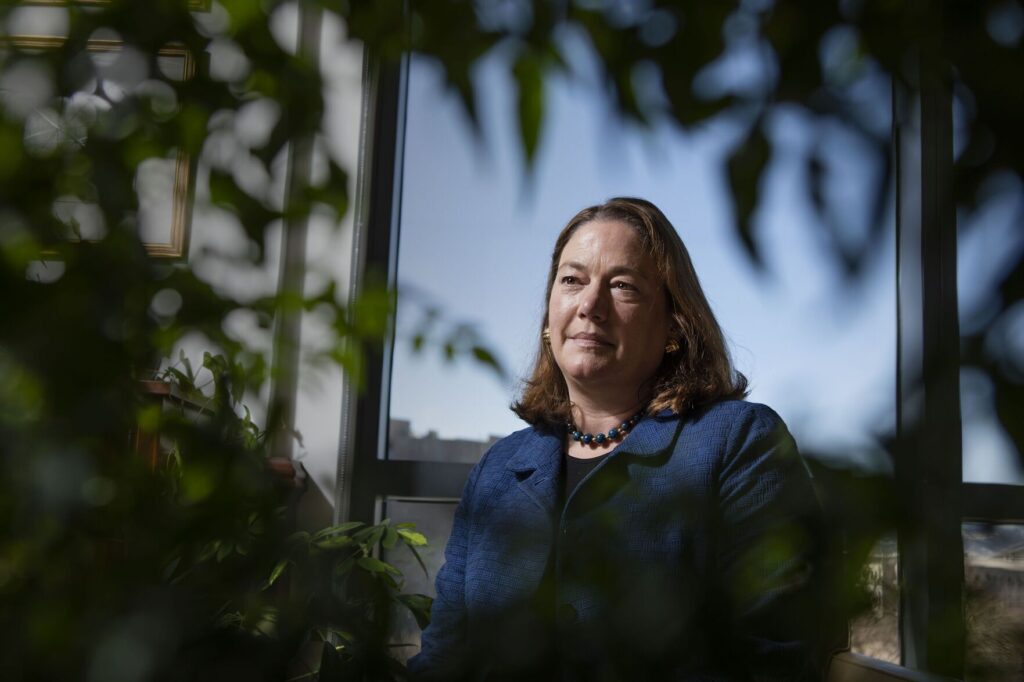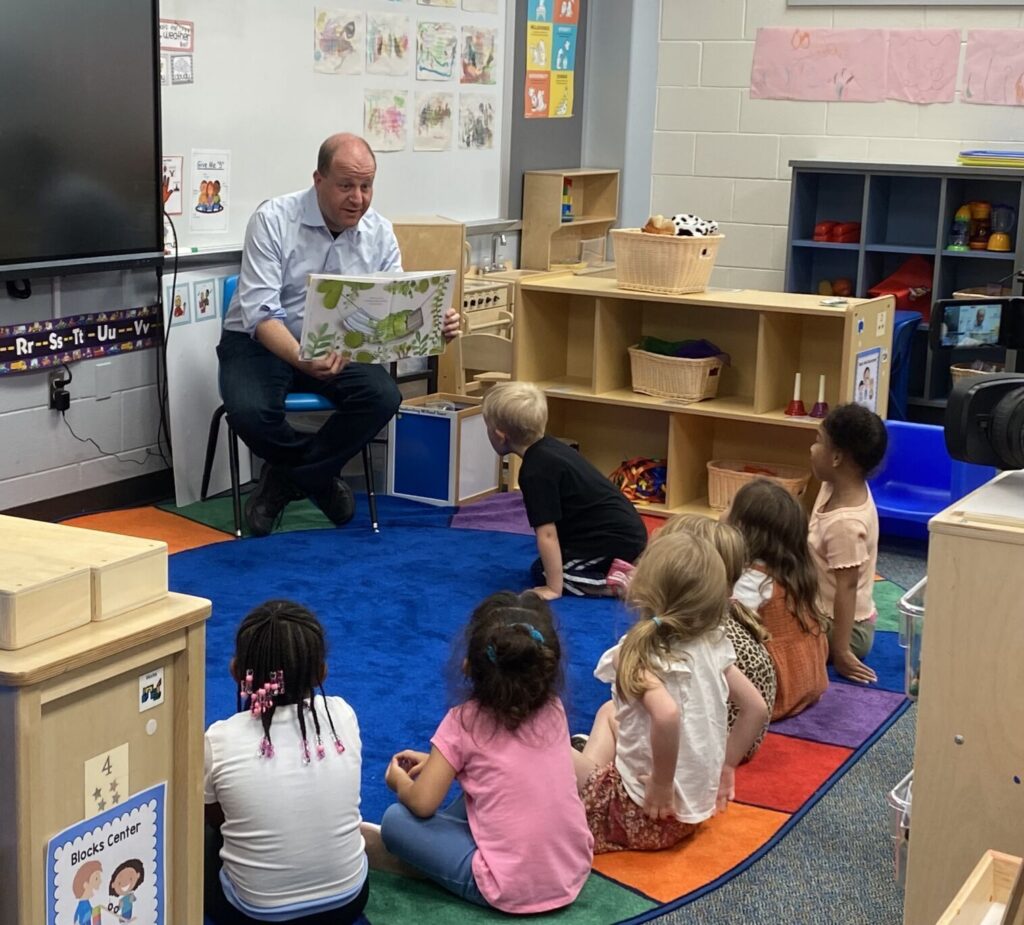Fits and starts? Denver mayor faces scrutiny over process for hiring leaders

Shortly after Denver Mayor Mike Johnston took office in July, his administration planned an in-depth, internal survey of public safety employees.
Presumably, the new mayor wanted to get the workers’ feedback before appointing the agency’s leaders.
None of that happened.
Nearly five months later, he reappointed Public Safety Executive Director Armando Saldate and Police Chief Ron Thomas to their posts – after conducting a separate and shorter survey of employees.
To date, Johnston still needs to officially pick leaders of the sheriff and fire departments.
The mayor recently renewed his intent to conduct the in-depth survey, the Denver Gazette has learned. But some critics pointed to the fits and starts to argue that Johnston’s process for picking agency heads has been disorganized.
Johnston promised transparency in picking his department heads, but some people wonder whether his office went through the motions of holding public town halls and creating a public safety transition committee but then Johnston made up his mind about who to reappoint without using the feedback he solicited.
And some said the agencies lost valuable time setting priorities because it took Johnston months before deciding on who will lead them, a task that remains unaccomplished for two public safety departments.
Indeed, interviews with sources elicited varied criticisms. Some, like Lisa Calderón, a former mayoral candidate and coordinator of the Latinos United Neighbors Association, complained it’s unclear whether the mayor seriously considered outside candidates.
During the campaign for mayor, Calderón said she would “reject reactionary punitive systems and invest in restorative systems that stop recidivism.”
“How much are you really interested in what the public has to say?” said Calderón, who first proposed a public safety leadership survey to Johnston last summer. “Why do a survey in the first place, if this was your end goal?”
She added, “I think what Johnston does is: He makes you feel like you have a seat at the table, when you actually realize there’s a whole other table that he never invited you to or told you about.”
What critics described as disorganization doesn’t appear to be isolated to Denver’s public safety agencies.
Johnston, for example, picked someone who was not on the official – or unofficial – list of finalists for executive director of the city’s arts and venues department, leading some to say the vetting committee had been a waste of time and there was no need to replace the previous executive director.
A public safety transition committee – which formed as Johnston prepared to take office and was co-led by Murphy Robinson, Denver’s former director of public safety – ultimately recommended retaining all four leaders. The committee did not include the Denver Police Protective Association, the police department’s collective bargaining union, which endorsed Johnston’s opponent, Kelly Brough, in the mayoral runoff race.
Sgt. Tyson Worrell, the union’s president, said he and other agencies wanted to give Johnston’s administration a chance. But not having a seat on the transition committee was frustrating, Worrell said.
The union leader said he felt the process took too long. He said he saw how the lack of a permanent police chief began to affect operational decisions in the police department, such as priority setting.
“That was a pretty big oversight,” Worrell said. “So, it didn’t start out on the right foot with the new administration by not being invited to the transition committee.”
Robinson, one of the public safety committee’s chairs, could not be reached for comment.
Johnston, meanwhile, declined an interview; a spokesperson cited a lack of time.
Worrell said Johnston has since attended a few union membership meetings and visited safety officers injured on duty this year to show support for his law enforcement team.
Is the in-depth survey back on track?
Johnston’s administration now appears poised to move forward with its original plan for an in-depth, internal survey of public safety employees about their agencies’ leadership.
Behind the scenes, the process has been bumpy since last summer. A recent draft of the survey developed by Joanne Belknap, a professor emeritus at the University of Colorado Boulder, asks participants to rank their agreement with statements such as:
“The information I get through formal communication channels helps me to perform my job effectively.”
“In my department, it is often unclear who has the formal authority to make a decision.”
“Decision-makers in this department consider members the most important asset in our department.”
“Staff discipline is consistent across ranks; command officers/staff are held to the same standards, code of conduct, and level of accountability as the rank-and-file staff.”
“In my department, arbitrary action, personal favoritism, and/or political coercion are not tolerated.”
“Staff fear retribution and retaliation for providing input, solutions, or new ideas to management.”
The Denver Gazette obtained drafts of the survey through an open records request to Johnston’s office.
Word that Johnston’s office plans to move forward with a new survey came on the heels of a separate, short leadership survey sent to the employees of each safety agency late in October. The survey contained questions about the culture created by each department leader, including these:
“Does your leadership promote a positive work environment?”
“Does your leadership encourage an inclusive culture?”
Johnston’s office gave the employees about a week to fill out that survey, and one public safety agency member said leaders in their department encouraged their staff to take it.
Typically, a survey might be lucky to get 5% participation. This time, employees seemed eager to make their opinions known, said the source, who spoke on the condition of anonymity since public safety employees need approval to speak to the press.
“If it’s going to be used for research and analytics to make the department better, absolutely. Why wouldn’t we want that?” the member said.
The source said many hope Johnston wouldn’t use the feedback to justify what he already decided to do.
A spokesperson for Johnston’s office did not make anyone available for an interview with the Denver Gazette by press time about the initial survey’s results or the development of another.
“We made a commitment to distribute employee surveys to our safety teams. Mayor Johnston has reviewed the results and had in-depth conversations with each safety leader. We take the surveys seriously and are considering more extensive research,” Jordan Fuja, the mayor’s spokesperson, wrote in an email.
As for the criticism that the office is “disorganized,” Fuja said Johnston was “committed to having a thorough and thoughtful process. He ensured to gather feedback through his transition committee, public town halls, and employee feedback. We’re proud that we were able to engage community throughout this process.”
An official in the mayor’s office first contacted Belknap at the end of July about developing an internal survey for the safety departments and analyzing the information collected, Belknap told The Denver Gazette. She estimated she spent more than 80 hours by November on research and creating the survey. She did not charge for her work because she believes in its public benefit, she said.
A few months of communication with officials in Johnston’s office followed. The back and forth included Belknap sending drafts of a survey and discussing applying to CU’s Institutional Review Board for approval of the research. The board conducts ethics reviews of proposed studies involving people as subjects.
But in mid-October, an official told Belknap the office had decided to conduct a shorter survey of safety agency employees – not based on what she developed – but that the mayor’s office still wanted to conduct her survey. She received no further communication from Johnston’s office until she met him at an event early in November and let the mayor know she had stopped hearing from his officials and that the silence from his staff left her confused.
Johnston renewed his pledge to move forward with Belknap’s survey in a meeting last week after she expressed her frustration, she told The Denver Gazette. She said the next step is to make sure she and the mayor’s office agree on the proposed survey’s contents, and then submit the research application to the Institutional Review Board.
She said Johnston’s chief operating officer told her last week the mayor’s office had put the process of developing her survey on hold while officials analyzed results from the short leadership survey sent out late in October. Belknap is glad Johnston’s office renewed the plan to move forward with her survey even after the mayor already made two of the safety agency appointments, she said, likening the process to teaching evaluations.
“It’s still good to do that, so that the leaders can get feedback on ‘this is what I’m doing well, this is what I need to recalibrate, and this is what I really need to work on.’ As a teacher, I found that hugely helpful.”
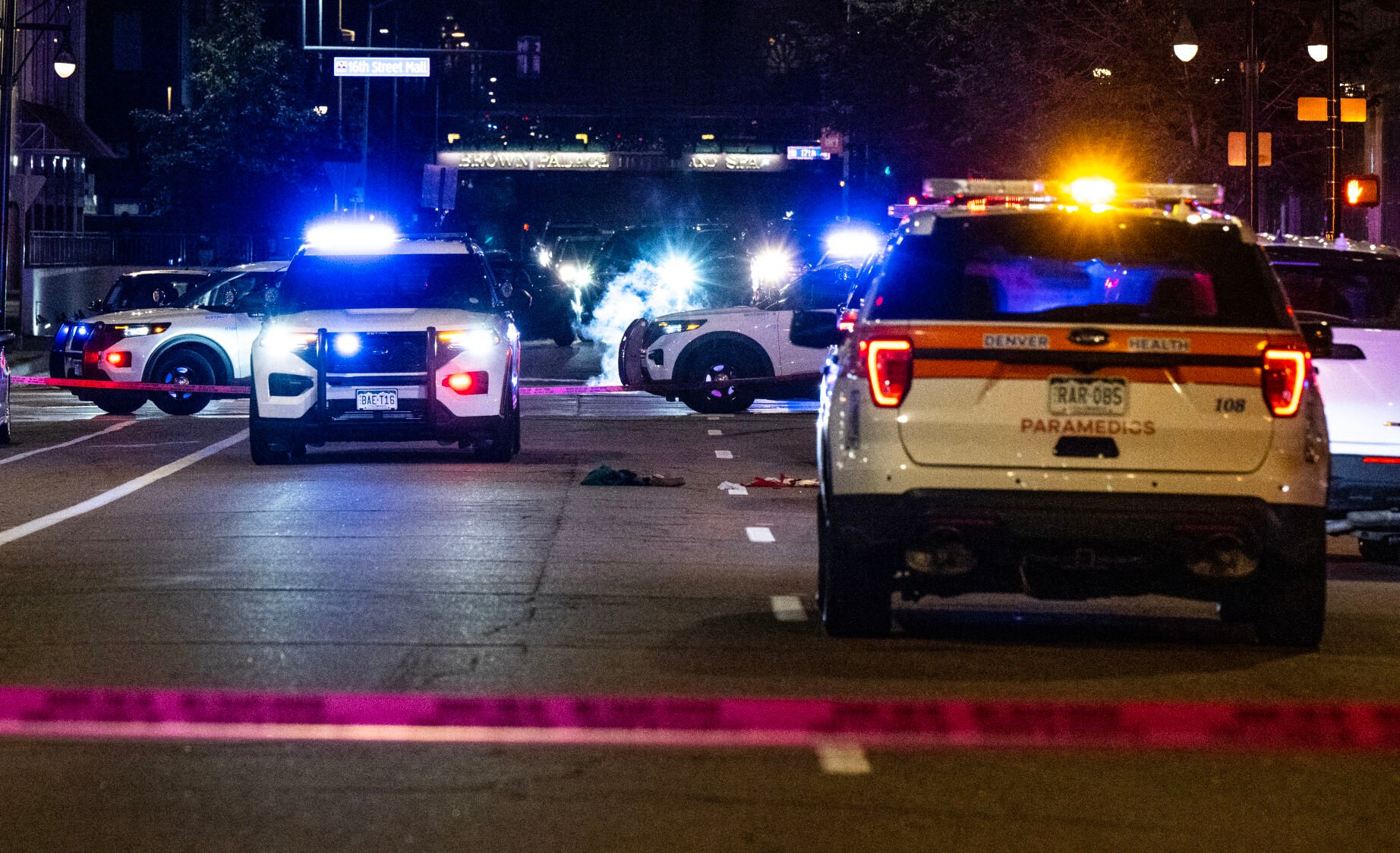


noah.festenstein@denvergazette.com
